When consumers invest in premium oral devices, wire fraying and tooth graying are often overlooked—until the damage becomes impossible to ignore. While seemingly unrelated, these two issues can quietly undermine both product performance and end-user health. Could this combination be the silent threat eroding customer trust in your brand?
Wire fraying typically develops over time as internal or external wires in toothbrushes or whitening devices degrade. Common causes include:
Unchecked, frayed wires not only jeopardize electrical stability but also pose a risk of micro-shocks and device malfunction.
In parallel, tooth graying can result from chemical exposure or suboptimal cleaning performance. Specifically:
This discoloration is more than a cosmetic inconvenience; it signals deeper issues in product integrity. Company web: https://www.powsmart.com/product/electric-toothbrush/
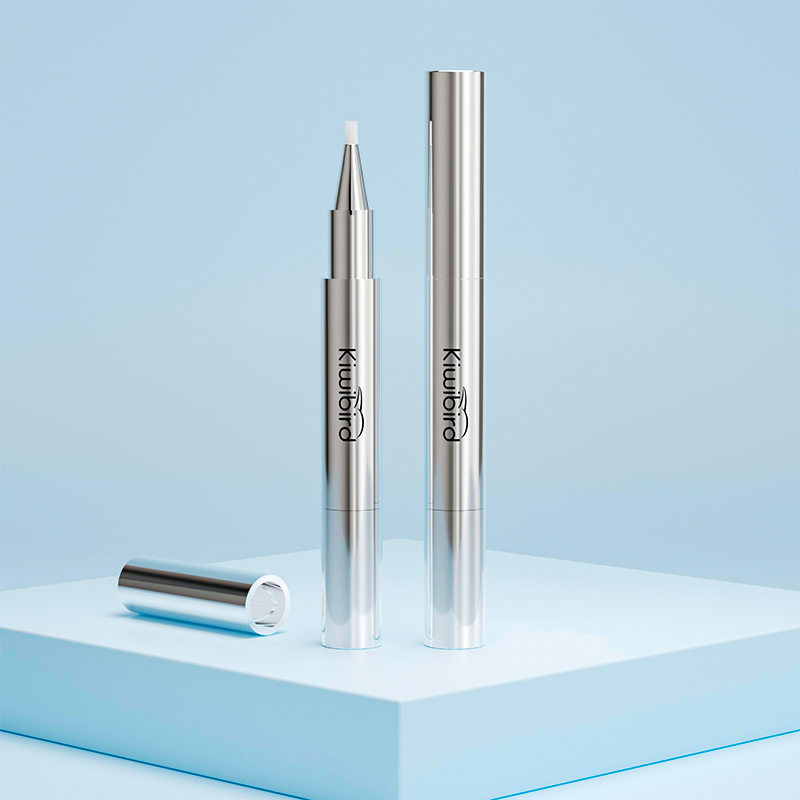
While the two symptoms can occur independently, they often share root causes:
For B2B partners, this silent interplay increases returns, complaints, and liability risks.
Before the damage escalates, watch for early indicators:
Integrating quality checks that detect these symptoms during production and QA inspections is essential.
Proactive design and manufacturing improvements are the most effective way to combat these risks:
Additionally, clear labeling of product life expectancy helps set user expectations and reduce dissatisfaction.
When problems do arise, a swift and professional response reinforces confidence:
Such measures differentiate your brand as a responsible and quality-focused partner. Contact us
Wire fraying and tooth graying may start subtly, but their combined impact can be significant—both for end users and B2B distributors. Recognizing this silent threat and implementing design, production, and support safeguards protects your reputation and ensures long-term success in the competitive oral care market.
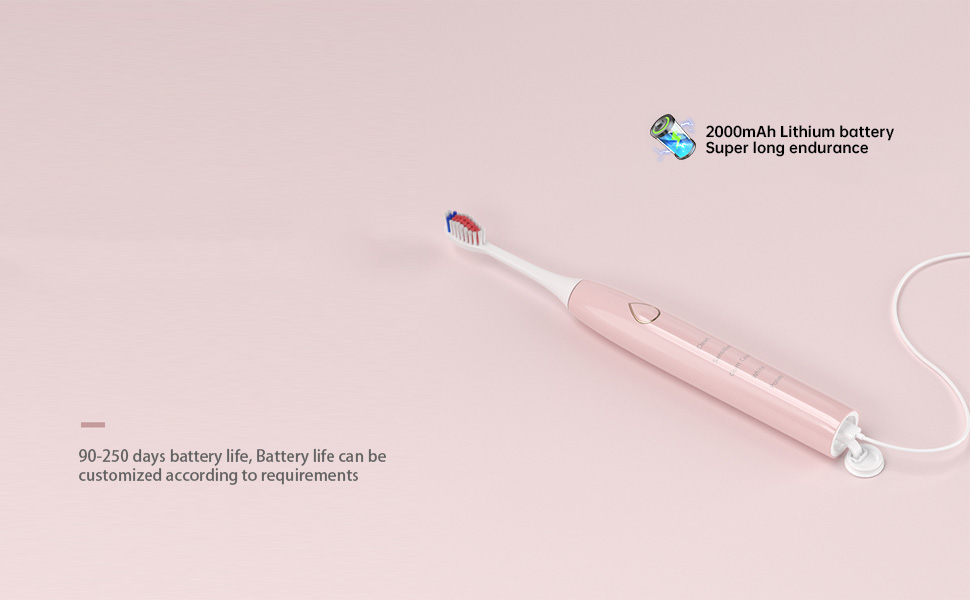
Is It Because Water Ingressed That the Water Flosser Can’t Be Charged?
Battery Overheating Inducing Ear Discomfort – Dangerous?

Multi-Color Electric Toothbrush Head Options – Custom Branding for Kids & Adults

The Brush Head Was Shedding Bristles While Brushing My Teeth
Seal Degradation Leading Bacterial Regrowth – Preventable?
Enamel Scratching from Gum Irritation – Reversible?
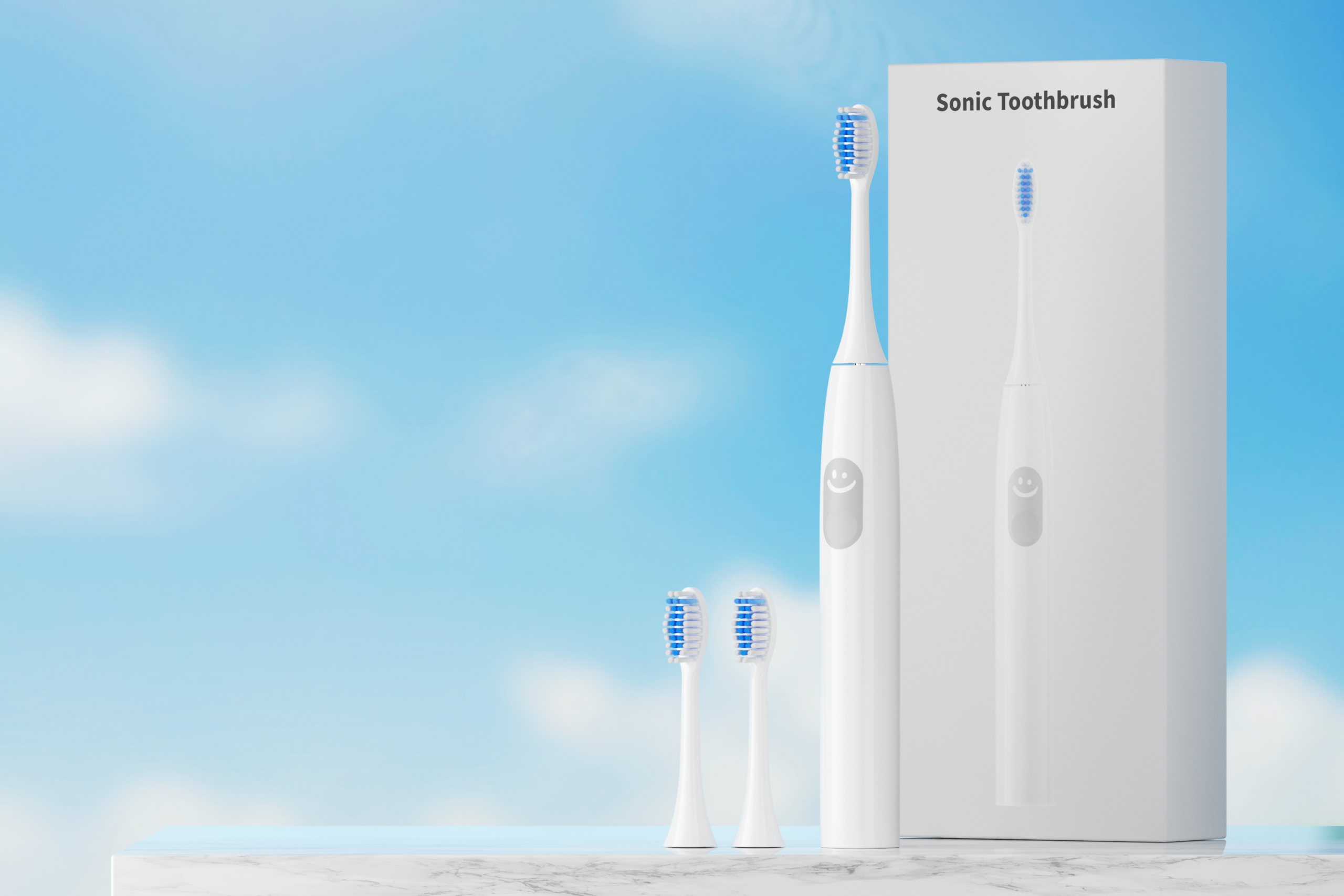
Foldable Design & USB Charging Travel Electric Toothbrush OEM

How Does a Pressure Sensor Protect Gums?

Affordable sonic toothbrushes Manufacturing – High Quality, Flexible MOQ
Charge Failure Triggering Display Glitches – Connected?
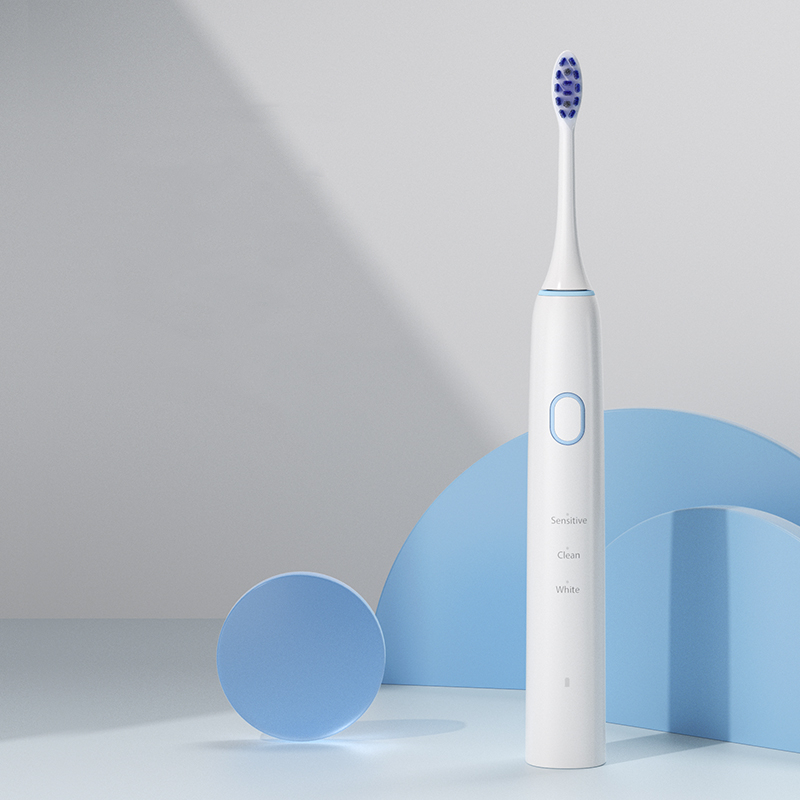
Low noise sonic technology for quiet electric toothbrush manufacturing

Can Bluetooth Toothbrush Tracking Paired with a Smart Dental Coach Replace Your Dentist?
-2-scaled.png)
Clinical Validation of Modern Teeth Whitening Technologies: A Guide for Oral Care Product Brands
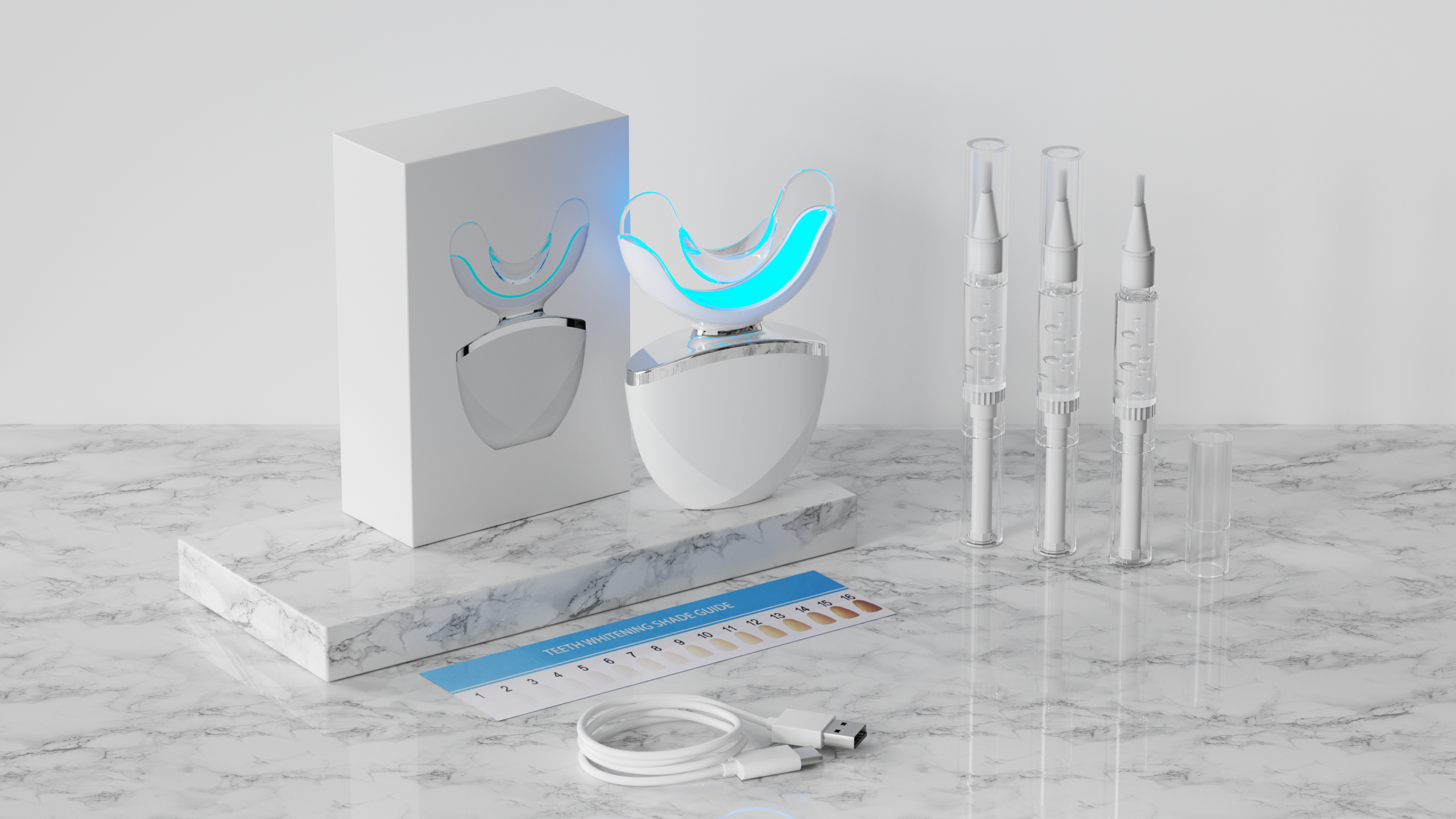
Can a Toothbrush Truly Rebuild Gum Health? Discover Powsmart’s Dual-Action Gum Shield Tech!
.jpg)
OEM Essentials for Electric Toothbrush Production
.jpg)
Sustainable Electric Toothbrush Production – Eco-Friendly Materials

electric toothbrush heads Charcoal Infuse-Round

Private Label Whitening Gel

electric toothbrush heads Deep Clean

Electric toothbrush heads Charcoal Infused-Diamond

electric toothbrush heads Ultra Soft

electric toothbrush heads Regular Clean

Customization Teeth Whitening Gel
.jpg)
Florida Electric Toothbrush – Powsmart PTR-C8
whstapp
whstapp
National Toll-Free Service Hotline
+86 755 86238638